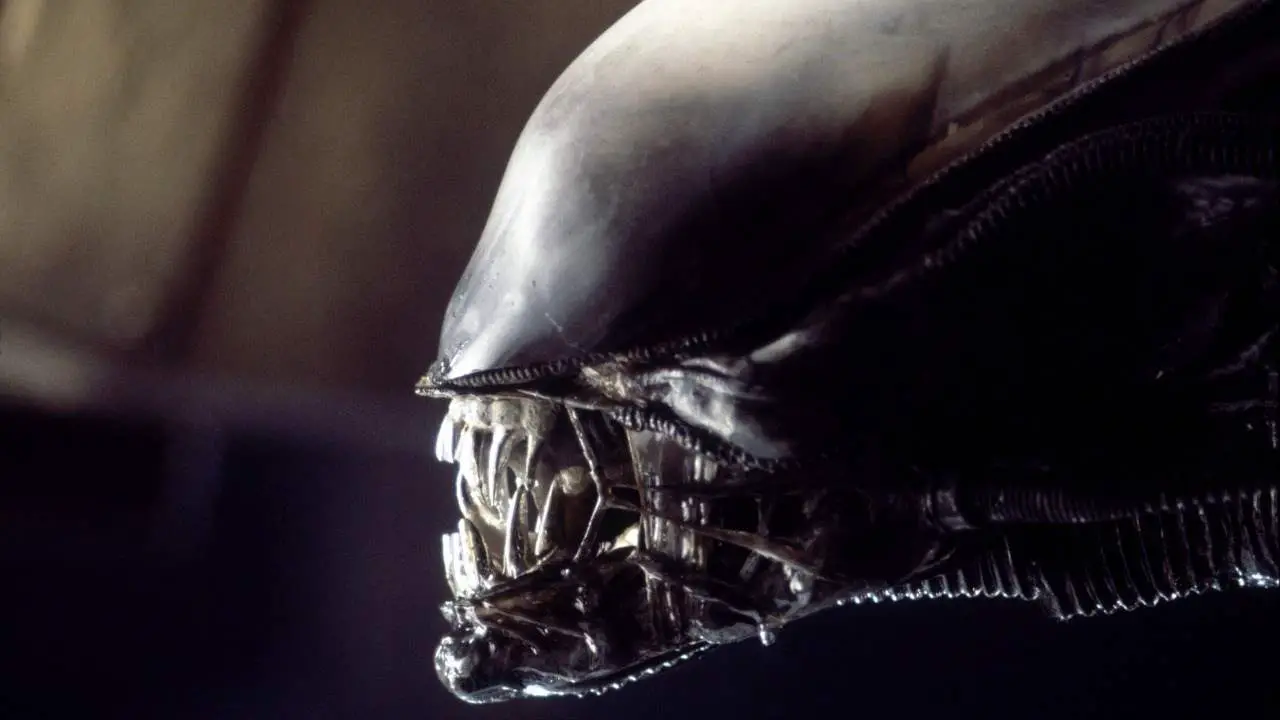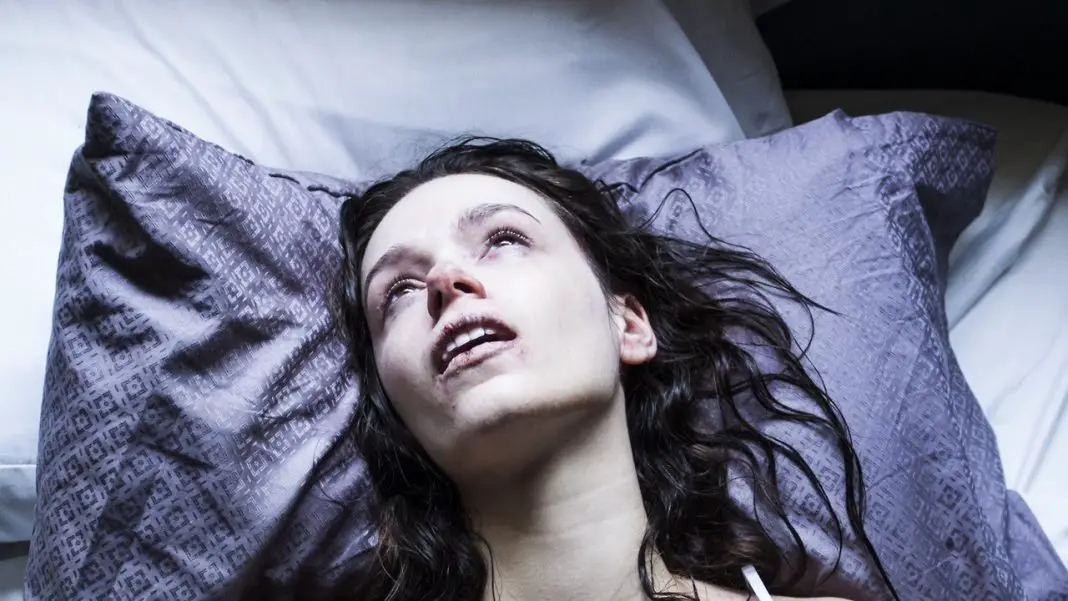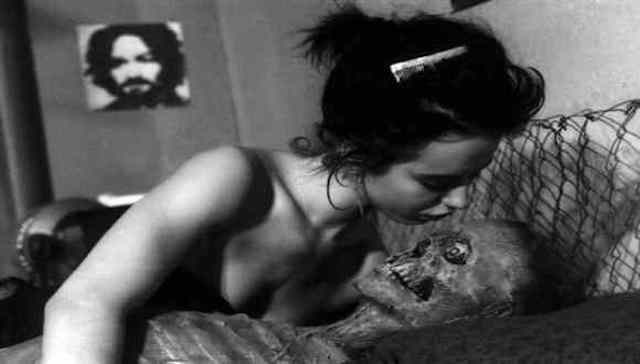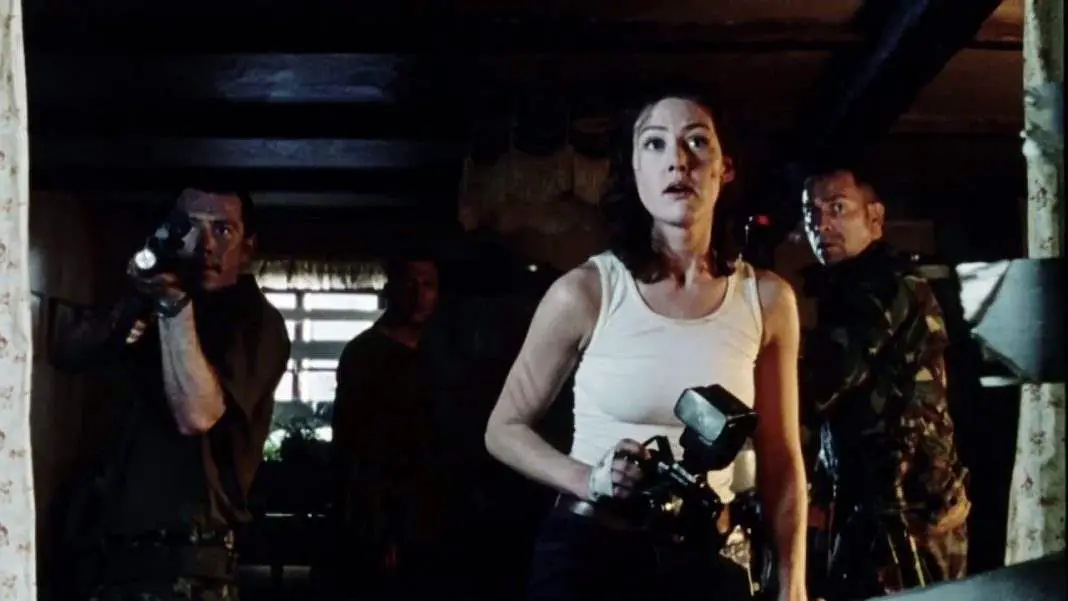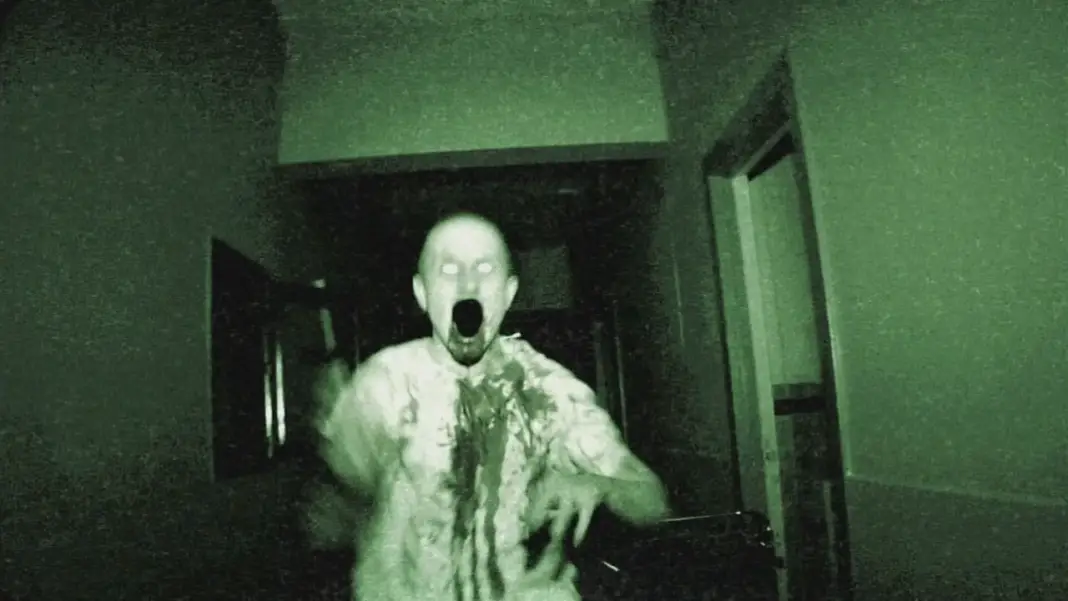Throughout most of the 1970s, horror was very focused on realism. There was a transition period in the previous decade that moved the genre away from the Gothic Hammer films, truly cementing horror in the modern era with Night of the Living Dead in 1968. After that came the shocking, real-world horrors of The Last House on the Left and The Texas Chain Saw Massacre that defined the decade. While these were horrific and well-made, they were trying to be as realistic as possible and took on an almost documentary-style look and feel. Cinematography was important, to be sure, The Texas Chain Saw Massacre in particular is beautifully shot. But these weren’t productions that were overly concerned with the general filmic experience, with transporting the audience to somewhere they’d never seen. In fact, that’s the opposite of what the likes of Craven and Hooper were trying to do in those days.
That was the state of horror until, like Night of the Living Dead before it, Alien arrived at the end of the decade to shake things up. Alien is a visual masterpiece, especially impressive when considering the fact that it was not a big budget movie. It was working with very limited resources, like most horror films of its time, and succeeded on dedication and imagination.
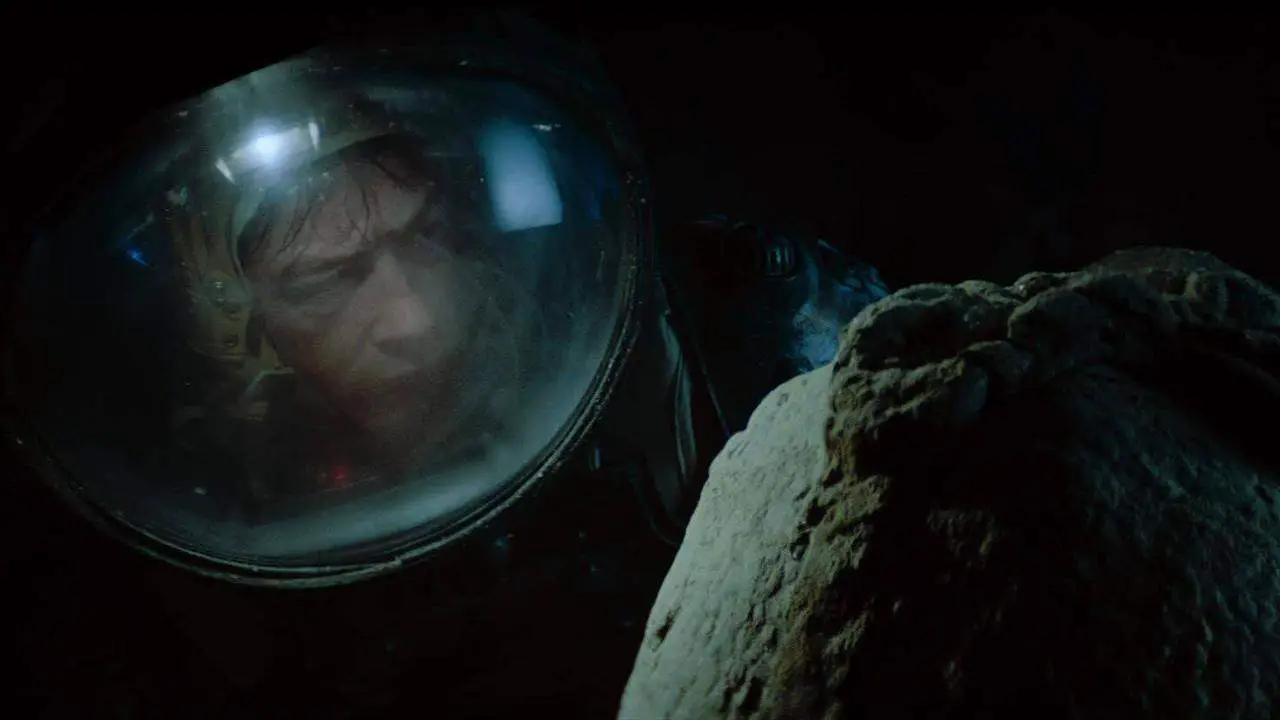
The design elements of Alien feel so whole, so lived in that you truly do feel as though you’ve stepped into another world. The Nostromo, the desolate planet, the alien itself… everything has a completely different look that sets it apart from everything else and yet all of these elements are clearly still part of an individual whole.
I’ve often wondered what it was like for people sitting in the theater seeing Alien for the first time, witnessing a world that had never been accomplished onscreen before. While they took inspiration from numerous science fiction stories, writers Dan O’Bannon and Ronald Shusset created an elaborate and inventive mythology for their monster, mixing traditional creature features and ghost stories and infusing them with a strong element of body horror.
The visuals had to be totally impressive for those efforts to not feel hokey, but Giger was clearly up to the challenge, designing a planet that felt almost organic in nature, as though it was made out of living tissue. It’s an interesting balance. The ship on LV-426 looks almost as though it could be alive, could have a pulse of its own and yet the alien is almost biomechanical in nature. It looks organic, like a natural progression of the ship and yet there are machine-like elements to its design as well. And, of course, there’s the often discussed sexual element that keeps it balanced.
People are all too quick to point out the phallic head of the alien, as well as its second mouth, which it thrusts into a victim to kill them. These aspects of the design are very much intentional and even necessary to the overall story. After all, Alien is in many ways a film about rape. It’s non-traditional, absolutely, but the initial attack is sexual in nature. The facehugger implants an unwanted seed into Kane which then develops into an infant creature that thrusts its way out of Kane’s body. It’s subjecting an unwanted pregnancy on him, forcing typically female sexual situations on a male character. The phallic, flesh colored creature that bursts out of Kane’s ribcage is as close to a penis with teeth as we’ll ever see in a mainstream movie. That scene even looks like a rape, albeit in reverse, coming from the inside out.
Did You Know? Wicked Horror TV Has Classic and Independent Horror Films Available to Stream for Free!
 In fact, it’s even speculated and somewhat hinted at in the film itself that the character of Lambert was raped either before or after her death at the hands of the xenomorph. All we see is the creature’s spear-like tail moving up her legs, but we don’t see how she dies. Then, when she is discovered later on, there is blood between her legs and on her mouth, but not another scratch on her.
In fact, it’s even speculated and somewhat hinted at in the film itself that the character of Lambert was raped either before or after her death at the hands of the xenomorph. All we see is the creature’s spear-like tail moving up her legs, but we don’t see how she dies. Then, when she is discovered later on, there is blood between her legs and on her mouth, but not another scratch on her.
With this in mind, the sexual imagery in the production and creature design do not distract from the overall whole, they add to it. But they also do not need to be recognized for the movie to work. It’s simply a labor of love and imagination, with influences and hidden meanings that make this impressive sci-fi picture feel like the dark side of Star Wars.
Alien definitely had a hand in kicking off the wave of science fiction/horror movies that were big throughout the 1980s. It was hugely influential. Its bold, sophisticated production design and FX work have never been duplicated. And over time it has only cemented its place as the embodiment of space horror.
